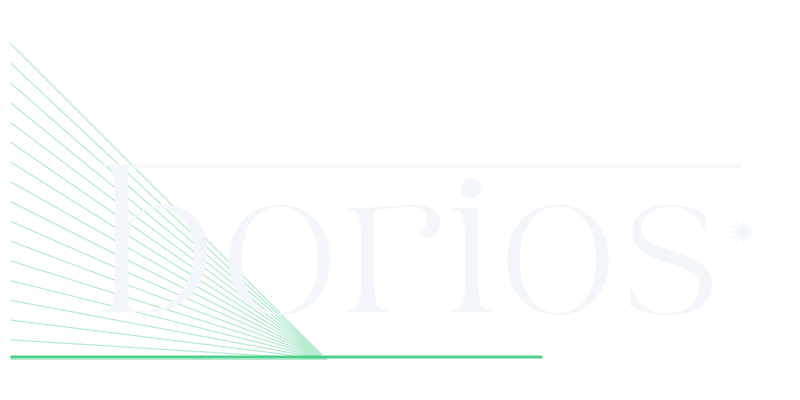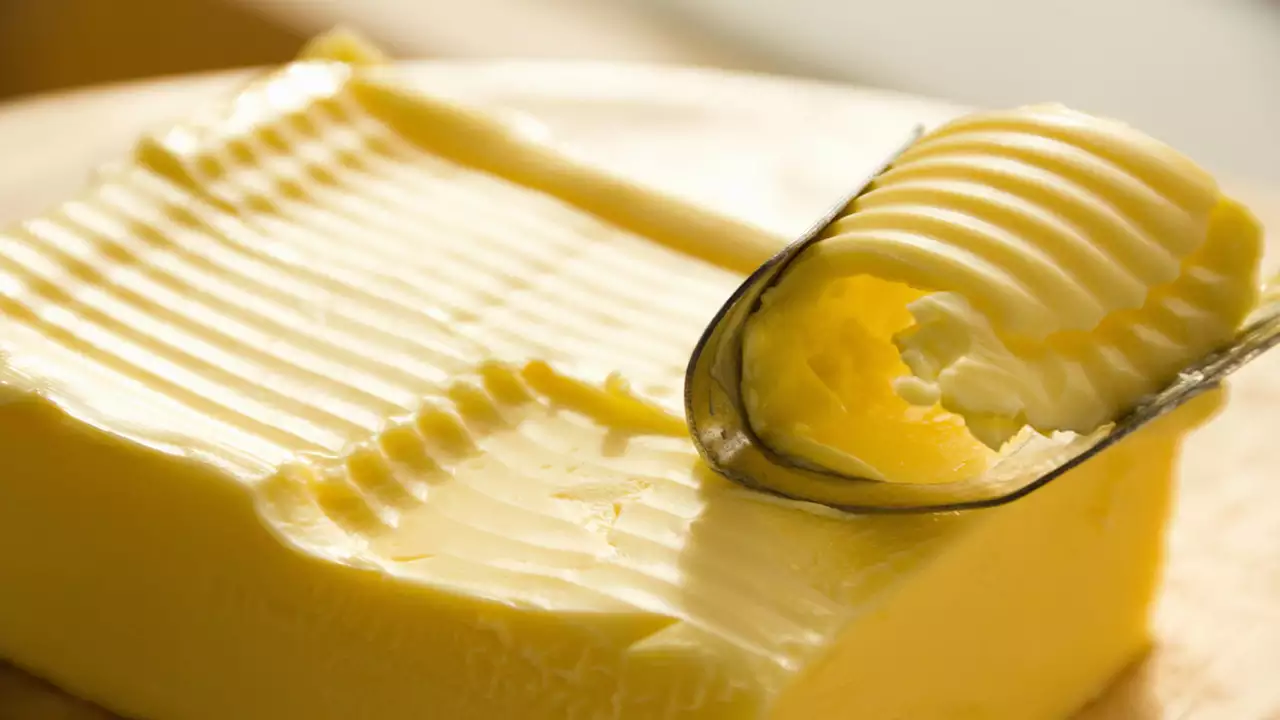Butter, with its rich and creamy texture, is a staple ingredient in countless recipes, from baked goods to savory dishes. However, when it comes to Butter Measurements, things can get a bit confusing. One common question that arises is, “How many tablespoons are in a stick of butter?”
We will delve into the world of butter measurements and provide a comprehensive answer to this widely asked question. So, let’s butter up and uncover the mystery!
Understanding Butter Measurements
To comprehend the measurement of butter, it’s essential to know that butter is often sold in two different forms: sticks and tablespoons. In the United States, butter is typically packaged in 1/2 cup, 1/4 cup, and 1/8 cup sizes, each conveniently shaped into a stick. The rest of the world usually sells butter in solid blocks, often measured in grams.
American Butter Measurements
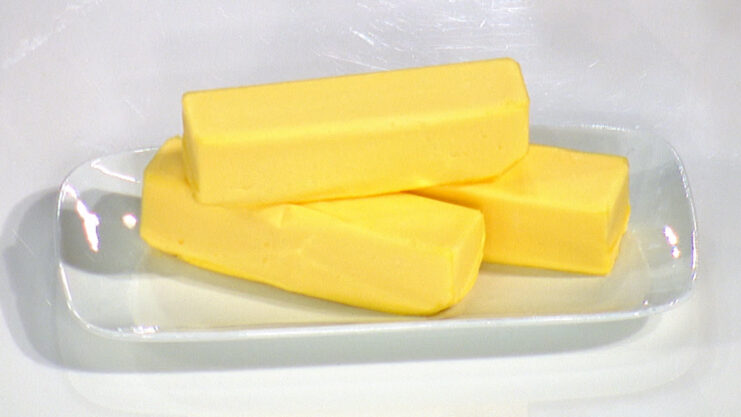
In the United States, a standard stick of butter is a widely recognized measurement in recipes, weighing approximately 4 ounces or 113 grams. This standardized measurement makes it convenient for cooks and bakers to use in their culinary creations. One stick of butter is equivalent to 8 tablespoons or 1/2 cup, allowing for easy conversion between volume and weight measurements.
What makes sticks of butter particularly practical is that they are often marked with tablespoon measurements. These markings enable precise division, ensuring accurate amounts of butter are incorporated into recipes. If a recipe calls for a specific number of tablespoons, it becomes a straightforward process to determine the required number of butter sticks.
This standardized butter measurement system simplifies the cooking process, especially when following recipes from various sources. It eliminates the need to weigh butter each time, making it more convenient and time-efficient. By having the tablespoon markings on each stick, measuring and incorporating the right amount of butter into your favorite dishes becomes a hassle-free experience, enhancing the overall cooking or baking journey.
Tablespoon to Stick Conversion
Converting tablespoons to sticks is a simple process. As previously mentioned, a stick of butter is equivalent to 8 tablespoons or 1/2 cup. If you have a specific quantity of tablespoons of butter that you need to measure out, you can easily determine the number of sticks required by dividing that number by 8.
For example, let’s say a recipe requires 16 tablespoons of butter. To convert this into sticks, you divide 16 by 8, which gives you 2 sticks. Therefore, you would need 2 sticks of butter for the recipe.
This conversion is particularly useful when dealing with recipes that provide measurements in tablespoons but require sticks of butter. By understanding the relationship between tablespoons and sticks, you can easily make the necessary adjustments to ensure accurate measurements and successful cooking or baking outcomes.
Remember that it’s always important to follow the instructions provided in the recipe and use appropriate measuring tools to achieve the desired results.
Alternative Butter Measurements
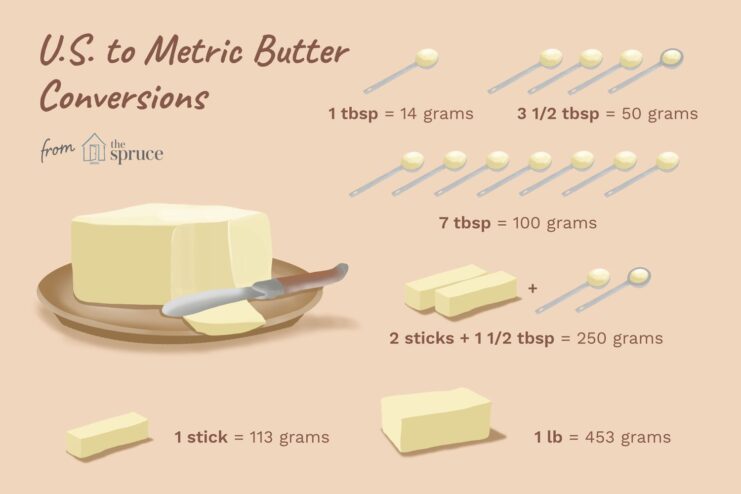
While sticks of butter are commonly used in the United States, other parts of the world measure butter in grams or ounces. To help you convert between different butter measurements, here are a few common conversions:
- 1 stick of butter = 4 ounces = 113 grams
- 1 ounce of butter = 2 tablespoons
- 1 gram of butter = 0.088 ounces = 0.20 tablespoons
If a recipe provides butter measurements in grams or ounces, you can easily calculate the number of tablespoons or sticks required using these conversions.
Butter Equivalents
In some cases, you might find yourself without a stick of butter or a tablespoon on hand. Don’t fret! Here are a few quick equivalents to help you navigate such situations:
- 1 cup of butter = 2 sticks = 16 tablespoons
- 1/2 cup of butter = 1 stick = 8 tablespoons
- 1/4 cup of butter = 4 tablespoons
- 1/8 cup of butter = 2 tablespoons
These equivalents can be especially handy when you’re working with a recipe that uses cup measurements instead of sticks or tablespoons.
Tips for Measuring Butter
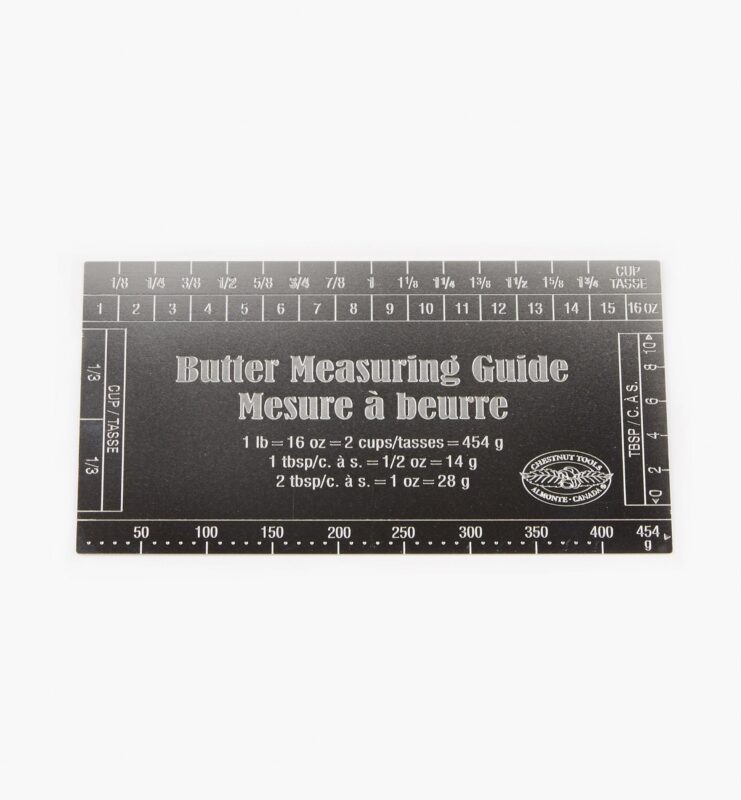
To ensure accurate measurements when working with butter, keep the following tips in mind:
- Use a kitchen scale: When precise measurements are required, using a kitchen scale is the best approach. Weighing butter directly in grams or ounces eliminates any ambiguity and provides accurate results.
- Softened vs. melted butter: Recipes often call for softened or melted butter. It’s important to note that measurements for these two states of butter will differ. When butter is melted, it occupies more space, so 1/2 cup of melted butter will not be the same as 1/2 cup of softened butter.
- Use measurement markings on the wrapper: If you’re using sticks of butter, the measurement markings on the wrapper can guide you. Each tablespoon is usually indicated, allowing you to easily slice off the required amount without the need for additional measuring tools.
- Properly measure packed butter: When a recipe calls for a certain amount of packed butter, ensure that you firmly press the butter into the measuring cup or spoon to remove any air gaps. This will provide an accurate measurement and prevent any discrepancies in your recipe.
Conclusion
Measuring butter accurately is crucial for achieving desired results in your culinary creations. Understanding the relationship between tablespoons, sticks, grams, and ounces will help you navigate recipes with ease. Remember that a standard stick of butter in the United States equals 8 tablespoons or 1/2 cup, while other parts of the world may measure butter in grams or ounces.
By following the conversions and equivalents provided in this article, you can confidently measure the required amount of butter for your recipes, ensuring consistent and delicious outcomes.
So whether you’re baking a batch of chocolate chip cookies or sautéing vegetables, you now have the knowledge to tackle any recipe that calls for butter with confidence. Happy cooking!
